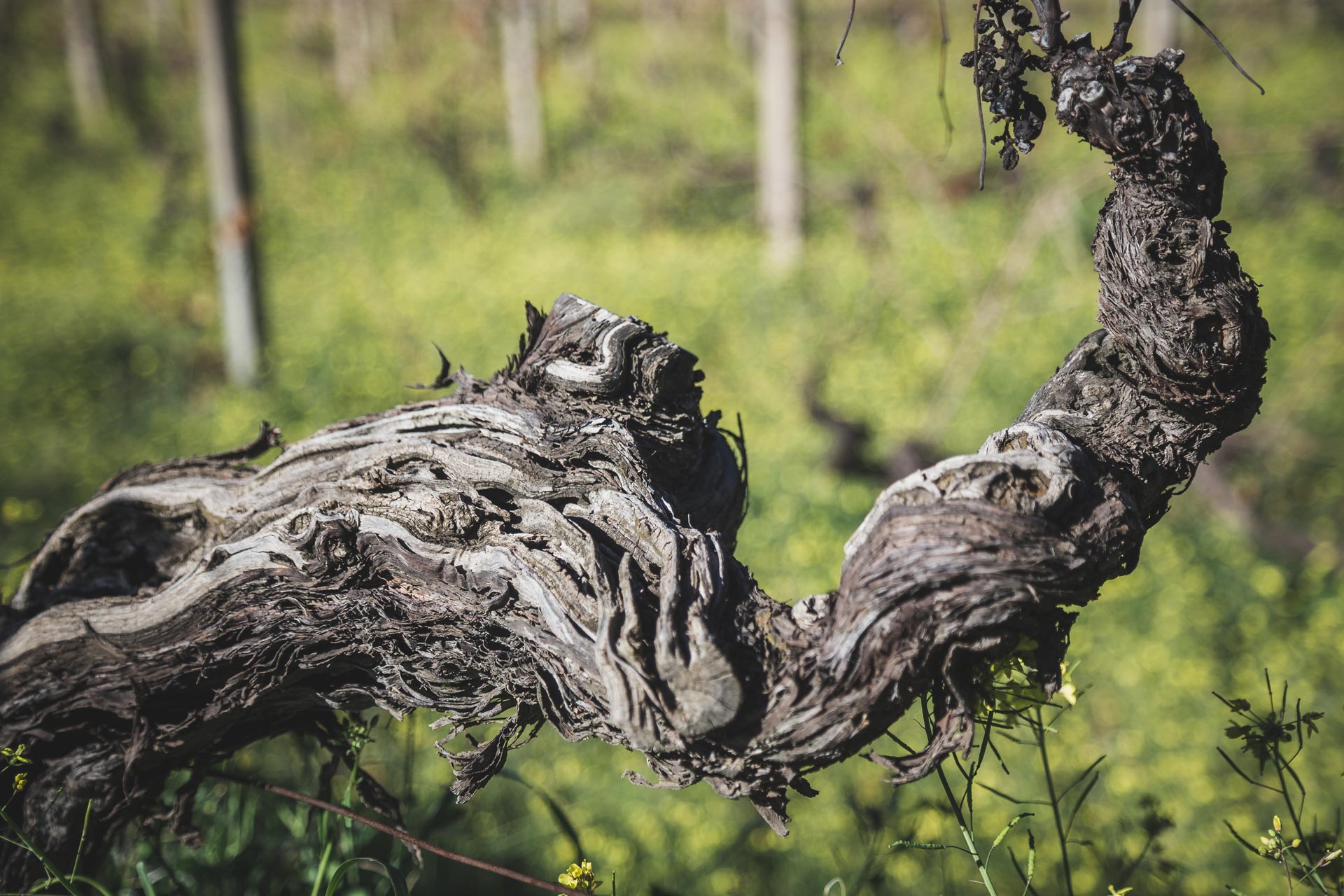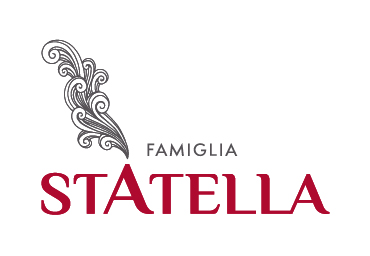The art of conservative pruning for the longevity of the vine, interviewing Giulio Caccavello

Every winter, a fundamental ritual takes place among our vineyards: pruning.
This crucial moment is not only essential for the well-being of the vines but also for the quality of the wine we produce. Conservative pruning is not merely a technique, but a working philosophy that combines knowledge, sensitivity, and respect for nature. In this interview, Giulio Caccavello, a renowned agronomist, will guide us through the world of conservative pruning, revealing the secrets of this practice, the importance of observing the vine, and how this approach influences the final result—the wine that reaches your glass.
Who are you? Tell us your story.
“I am Giulio Caccavello, an agronomist with a deep passion for vine physiology. After earning a master’s degree and a Ph.D. in viticulture at the Federico II University of Naples, I gained international experience in France with the Roederer group. Upon returning to Italy, I collaborated with the Simonit&Sirch group before founding Conservativa, a project aimed at preserving the viticultural heritage and enhancing human expertise through advanced pruning techniques and vineyard management.”
What is your role at Famiglia Statella?
“Within the company, I lead two key projects: Conservative Pruning and dendrosurgery. My approach is based on working daily in close contact with the vines and training the staff so that every plant is managed with the utmost attention to its longevity and productivity.”
What is conservative pruning and why is it so important?
“Pruning is a fundamental agronomic practice performed in winter to shape the plant and regulate the production for the following year. However, each cut represents a wound to the vine, which can accelerate its decline. Conservative pruning, inspired by the Poussard method, aims to reduce plant stress by making targeted cuts that preserve the lymphatic flow and improve the vine’s long-term health.”
Can this be considered a tailored method for each vineyard?
“Yes, my Conservative approach is not a standardized method but adapts to the specific needs of each vineyard. Custom work plans allow for differentiated techniques based on the age of the vine, the variety being cultivated, and the production goals, ensuring an optimal balance between vegetative growth and production yield.”
Are there signals that guide the pruning work?
“An essential aspect of pruning is the ability to read the signals the plant gives. This ensures uniform management over time, even if different pruners work on the vineyard. Staff training is therefore crucial to develop this sensitivity and work with a consistent and shared approach.”
What are the benefits of conservative pruning?
The adoption of this technique brings concrete benefits:
Increased vineyard longevity, reducing the need for uprooting and replanting;
More homogeneous production, with consistently high-quality grapes over time;
Improved water resource efficiency, with a greater ability to adapt to climatic stresses;
Reduced incidence of wood diseases, one of the leading causes of premature vine decline.
How does the volcanic soils of Mount Etna influence pruning?
“Generally, the volcanic terrain of Mount Etna, with some exceptions based on specific areas and slopes, is characterized by slower and less vigorous plant formation and growth compared to other national and international wine regions. This characteristic must be taken into account in plant management, and in particular, it requires a heightened level of patience, dedication, attention to detail, and operational precision in pruning. Personally, this makes working in such a context highly stimulating.
For example, Etna is one of the few wine regions in the world where I have seen centenary vines still perfectly productive. I strongly associate the concept of a centenary vine with the technical skill of those who have cared for them over the years, including through pruning. Since a centenary vine has been pruned by many hands over its life, I like to think that this region is home to true artisans who, through their work, have preserved the viticultural heritage of the area. Currently, my role is to preserve this human heritage as well.”
We thank Giulio for these valuable insights into vine pruning, which is undoubtedly an art and knowledge to be passed down.
Thanks to Conservative Pruning, and to Giulio Caccavello, our company continues to invest in quality and sustainability, demonstrating that the greatness of a wine also stems from the care with which the vineyard is managed.
This commitment translates into elegant, long-lived wines that are representative of the magnificent Etna territory.
